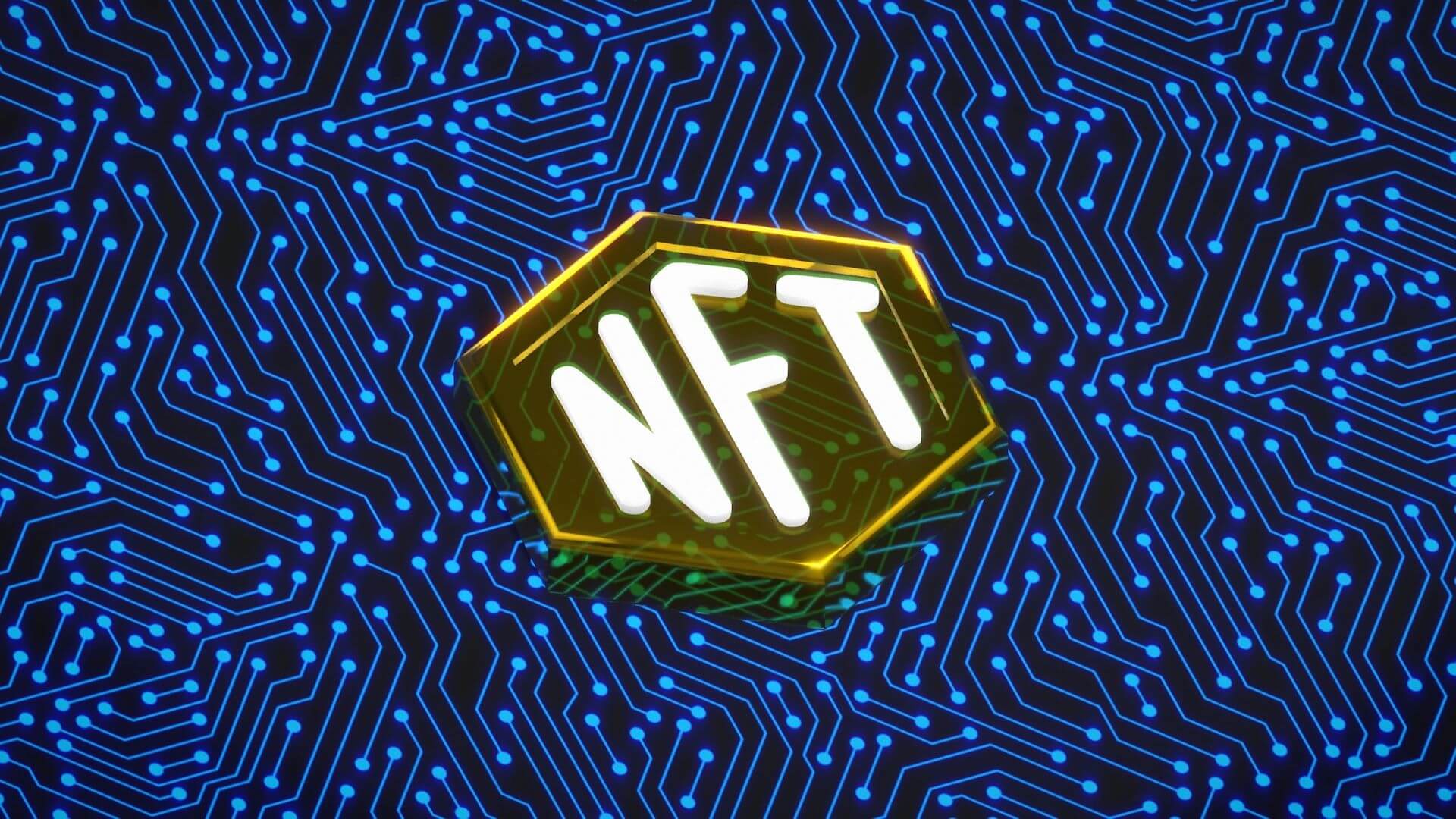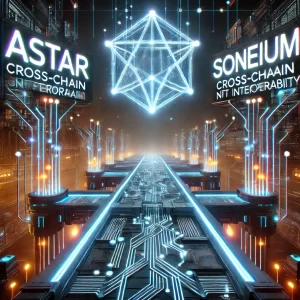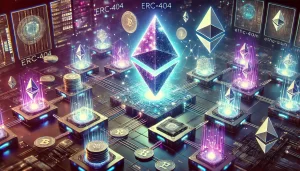
As the world of non-fungible tokens (NFTs) expands, the need for seamless interoperability becomes undeniable. NFT bridges answer this call by providing mechanisms to transfer these unique tokens across various blockchains. But not all bridges are created equal. Different solutions have emerged, each with its strengths and weaknesses. Let’s investigate a comparative analysis of leading NFT bridge solutions, exploring their pros and cons.
1. Wrapped NFTs (W-NFTs)
Overview: Wrapped NFTs involve “wrapping” an NFT into a standard fungible token on another blockchain, creating a fungible representation of a non-fungible asset.
Pros:
- Versatility: By converting NFTs into fungible tokens, they can be more easily traded and integrated into various DeFi protocols.
- Liquidity: Wrapped NFTs can be more readily traded on traditional DEXs, increasing liquidity.
Cons:
- Loss of Uniqueness: By wrapping, the unique characteristics of the NFT can become obscured, especially when integrated into DeFi protocols.
- Complex Redemption: Unwrapping the NFT to restore its original form can sometimes be complicated.
2. Interledger Protocol-based Bridges
Overview: Interledger is a protocol for making transactions across ledgers. When applied to NFTs, it facilitates the movement of these tokens between chains.
Pros:
- Decentralized: Doesn’t rely on central entities for validations, maintaining the ethos of blockchain technology.
- Scalability: Designed for handling many transactions, making it scalable.
Cons:
- Complexity: It requires significant technical expertise to set up and maintain.
- Adoption Rate: Being relatively newer, it has yet to see widespread adoption compared to other solutions.
3. Cosmos and Polkadot’s Cross-chain Solutions
Overview: Cosmos and Polkadot have been developed with cross-chain interactions at their core. They offer frameworks for building blockchains that can communicate with one another.
Pros:
- Inherent Interoperability: Cross-chain transfers are native to these networks, making the process seamless.
- Security: Both networks have robust security mechanisms to protect cross-chain transfers.
Cons:
- Network Reliance: NFTs have to rely on the security and performance of these networks, which can be a potential point of vulnerability.
- Learning Curve: For developers, there’s a steep learning curve associated with building on these platforms.
4. Centralized Bridge Services
Overview: Some solutions offer centralized platforms where users can deposit their NFTs, which are then minted on another chain.
Pros:
- User-friendly: Often, these platforms are designed with user experience in mind, making the process straightforward.
- Fast Transactions: Due to centralized control, transactions can be quicker.
Cons:
- Trust Issues: Users must trust the centralized entity with their valuable NFTs.
- Security Concerns: Centralized platforms can become prime targets for hackers.
5. Proxy NFTs
Overview: When an NFT is moved to another chain using this method, a proxy or representative NFT is created on the target chain, while the original remains locked in its native chain.
Pros:
- Maintains Uniqueness: The proxy NFT retains the properties of the original, ensuring uniqueness is preserved.
- Decentralization: This method can be implemented using smart contracts, making it decentralized.
Cons:
- Gas Fees: Multiple transactions (locking the original, minting the proxy) can lead to increased gas fees.
- Dependence on Validators: The correct minting and burning of proxy NFTs depend on validators, which can be a point of vulnerability.
Conclusion:
The world of NFT bridges is as diverse as it is innovative. Different solutions cater to varying needs, and the best choice often depends on individual requirements and preferences. Whether you prioritize security, user experience, decentralization, or liquidity, there’s likely a bridge solution tailored for you.
As the NFT space matures, we can anticipate the evolution of these solutions, with continuous improvements addressing current limitations. The overarching goal remains clear regardless of the chosen bridge: a seamless, interconnected blockchain universe where NFTs can flow freely.









